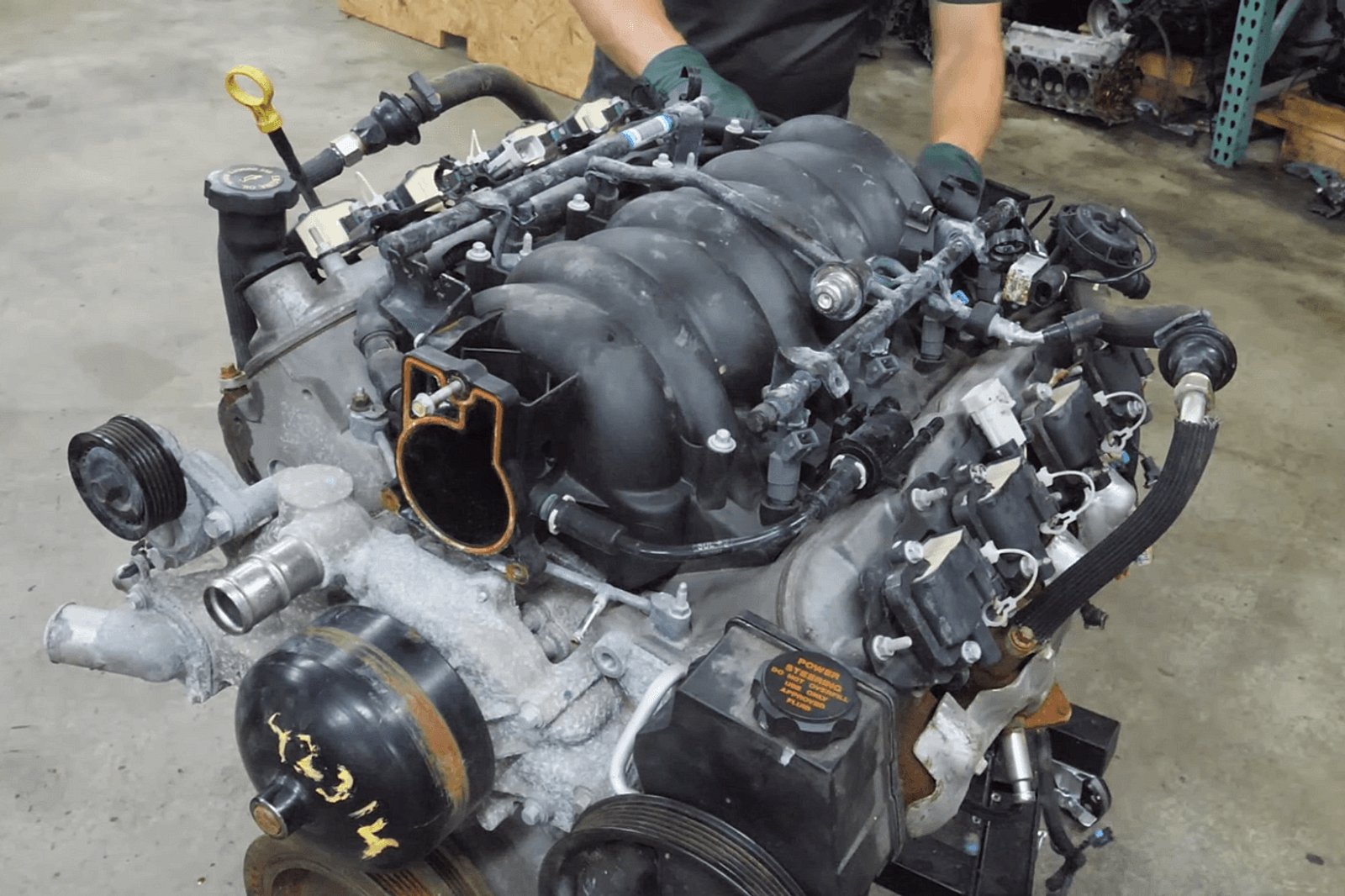The engine sourced from a Chevrolet Camaro was flooded during Hurricane Ian.
It's common knowledge that combustion engines and water, especially salt water, don't mix well. This was the unfortunate fate of this flooded LS1 V8 engine that had water over the roof, and our favorite engine pathologist, Eric, decided to tear the engine down to see if he could still sell parts off it.
The flooded 5.7-liter all-aluminum pushrod LS1 V8 was taken from a Chevrolet Camaro. One can also find this engine in other GM cars like the Corvette C5 and legendary Pontiac muscle cars like the GTO. The power unit could make around 300 to 350 horsepower from the factory.
Unlike most teardowns seen on the channel, this flooded LS1 engine met its demise due to an external factor brought about by Hurricane Ian. Worse, the water has been sitting in the engine for almost a year.
Unsurprisingly, the crank does not turn anymore with all the corrosion inside. The next step was to drain out the oil, and Eric saw nothing much was left.
After removing the LS6 intake manifold, we are given a preview of what to expect for the rest of the teardown. The parts are looking pretty bad, coming with moisture and corrosion. While the rocker arm assembly is heavily rusted, the exhaust valves looked better than expected.
The piston heads are rusted and flooded, albeit no cracks or such damages can be found. Since most of the internals are rusted, Eric had difficulty pulling out the valve lifters in pushrod engines. He had to use different tools to complete it and carry on with the teardown.
Eric used his new harmonic balancer puller to remove the rusted crank pulley. Upon removing the front cover, he removed the cam gear and, eventually, the camshaft. While the journals appear fine, the lobes are in bad condition.
With all those out of the way, the oil pan at the bottom of the engine was removed, which smelled bad, according to Eric. This gave him access to the crankshaft. He discovered that some of the wrist pins were locked up, explaining why the crank was not turning at the start of the teardown.
If you want to save a flooded engine, Eric said you must work on it as soon as possible to prevent corrosion build-ups, as seen in this LS1 teardown.
 I Do Cars/YouTube
I Do Cars/YouTube
 I Do Cars/YouTube
I Do Cars/YouTube
 I Do Cars/YouTube
I Do Cars/YouTube
 I Do Cars/YouTube
I Do Cars/YouTube
 I Do Cars/YouTube
I Do Cars/YouTube
 I Do Cars/YouTube
I Do Cars/YouTube
 I Do Cars/YouTube
I Do Cars/YouTube
 I Do Cars/YouTube
I Do Cars/YouTube
 I Do Cars/YouTube
I Do Cars/YouTube
Join The Discussion